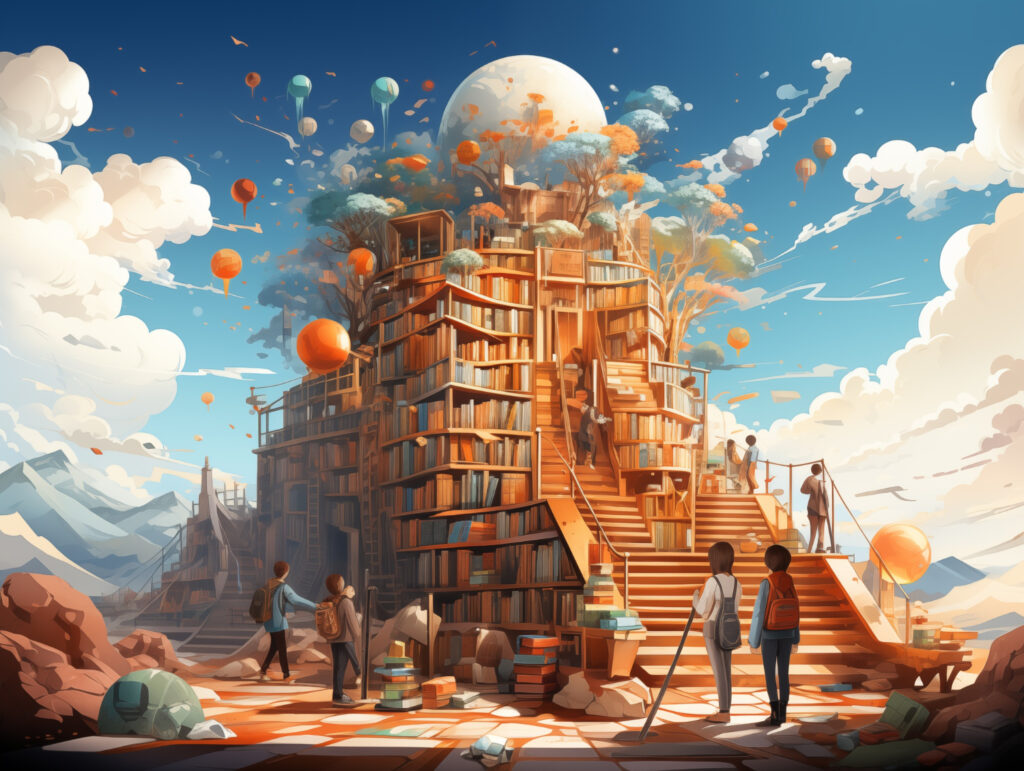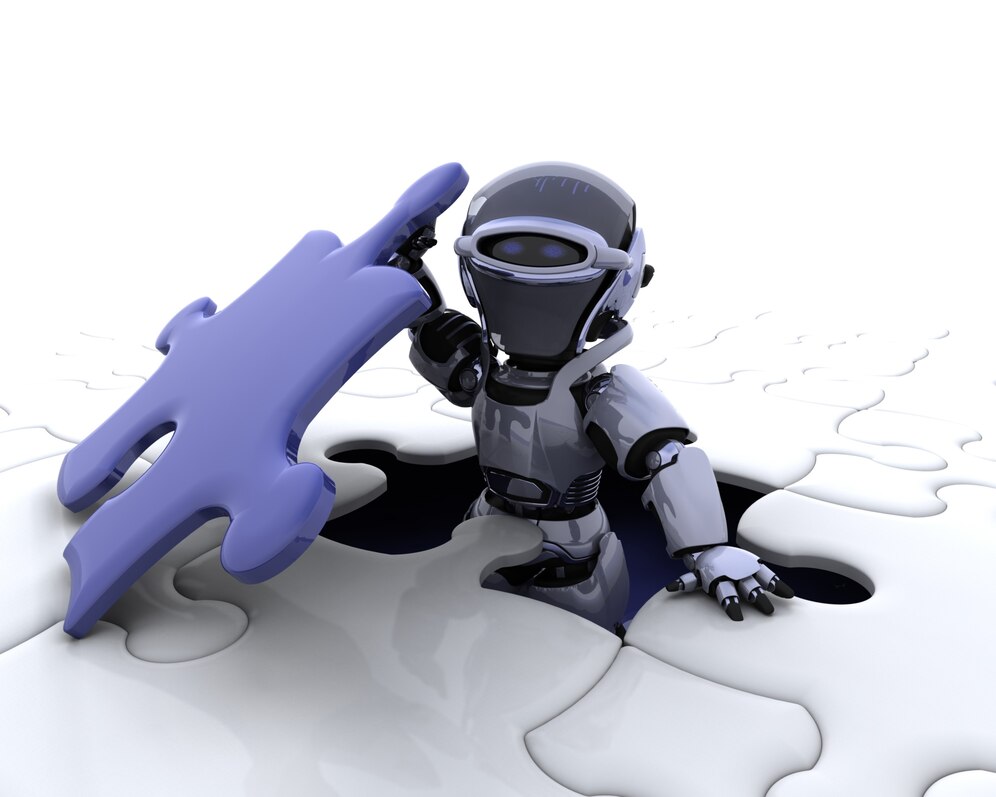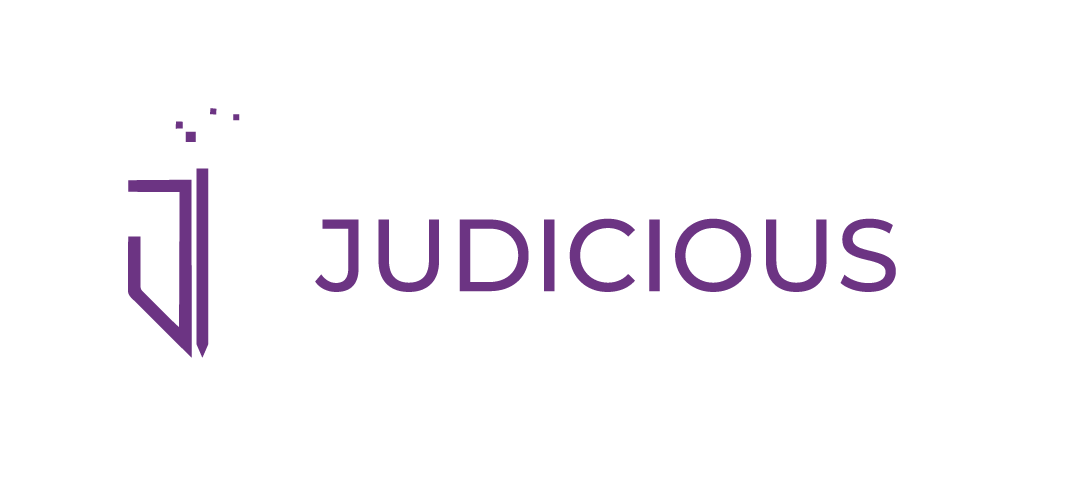Artificial Intelligence (AI) is rapidly transforming multiple industries, and the world of art and creativity is no exception. What was once a domain reserved for human ingenuity and expression is now being enhanced, and in some cases, revolutionized by AI technology. From creating paintings to composing music, AI is enabling new forms of creative expression that challenge traditional boundaries. In this article, we will explore the role of AI in art and creativity, its applications, benefits, and the challenges it presents, while examining how it is shaping the future of creative industries.

Understanding the Intersection of AI and Creativity
AI has long been associated with tasks such as data processing, automation, and problem-solving. However, recent advancements in machine learning, neural networks, and deep learning have allowed AI to venture into the creative domain. At its core, AI in art and creativity revolves around the use of algorithms and models to produce works of art that mimic or enhance human creativity. These models analyze vast amounts of data, learning from patterns in existing artworks, music, or literature, to create something new and innovative.
Through tools like generative adversarial networks (GANs), AI can generate images, music, and text that often surpass human expectations, pushing the boundaries of what we traditionally consider to be artistic expression. This intersection of technology and creativity is not just a passing trend; it is an evolution that is changing the way we think about and engage with creative works.
AI in Visual Arts: A New Era of Painting and Design
One of the most visible impacts of AI in the creative world is its application in visual arts. AI-driven tools such as DeepArt, DeepDream, and Artbreeder enable artists to explore new aesthetics and designs that were previously unimaginable. These platforms use AI algorithms to modify or generate images, often blending existing artwork with new, algorithmically created pieces. The result is a fusion of human skill and machine intelligence that creates works of art with unique styles and characteristics.
AI’s ability to enhance the creative process extends beyond simply creating images. It also allows for the personalization of art. AI tools can learn an artist’s personal style and preferences, offering suggestions or creating original pieces based on their input. As a result, artists now have a collaborative partner in AI that can expand their creative horizons while saving time and providing new insights.
AI-Generated Art: An Ethical and Legal Dilemma?
While AI-generated art is undeniably exciting, it also raises important ethical and legal questions. Who owns the rights to an artwork created by an AI? Is it the developer who created the algorithm, the artist who directed the AI, or the machine itself? These questions are still up for debate, but they underscore the complexities that AI introduces to the creative industries.
Moreover, the value of AI-generated art is also a point of contention. Critics argue that AI lacks the emotional depth and subjectivity that human artists bring to their work, while proponents believe that AI can offer a new form of expression that expands the concept of creativity itself.
AI in Music Composition: Composing Melodies and Harmonies
In the realm of music, AI is also making waves. AI-powered tools like Aiva, Amper Music, and Jukedeck are helping musicians create new compositions by analyzing vast libraries of existing music to generate melodies, harmonies, and rhythms. These tools are particularly useful for composers working in film, video games, or advertisements, where custom music needs to be created quickly and efficiently.

AI can analyze the mood, tempo, and key elements of a musical genre and use that data to generate music that fits specific criteria. What once took hours or days of human effort can now be completed in minutes with the help of AI. While some purists may view AI-generated music as lacking emotional depth, it is clear that AI is reshaping the music industry by providing new tools and opportunities for artists.
AI and Collaboration in Music Creation
Rather than replacing musicians, AI is being used as a tool for collaboration. Many artists are using AI-generated music as a starting point or source of inspiration, building upon it with their own human touch. The creative process is becoming more of a symbiotic relationship between humans and machines, where AI acts as a collaborator rather than a replacement.
AI in Literature: Writing the Future of Storytelling
AI is also making significant strides in the world of literature and creative writing. AI tools such as OpenAI’s GPT models, including GPT-3, can generate human-like text that is often indistinguishable from writing produced by humans. These AI models are capable of producing entire novels, poems, and articles based on given prompts or styles, leading some to question the future of writing as an art form.
While AI-generated writing is still in its infancy, it holds promise for enhancing creativity in the literary world. Writers can use AI to generate ideas, overcome writer’s block, or even produce first drafts that they can later refine and build upon. AI can also help authors with tasks like editing, proofreading, and structuring their works, making the writing process more efficient.
The Rise of AI-Powered Interactive Storytelling
One of the most exciting possibilities for AI in literature is in the realm of interactive storytelling. AI allows for the creation of dynamic narratives where the story adapts based on the reader’s choices. This level of interactivity could revolutionize gaming, novels, and online content by allowing readers to influence the direction of the story in real-time.
AI as a Tool for Creativity and Inspiration
AI is not just about producing finished creative works; it’s also about enhancing and inspiring the creative process. Artists, musicians, writers, and designers are using AI to unlock new ideas, explore unconventional techniques, and collaborate with technology in ways that were once unimaginable. AI tools can provide suggestions, automate repetitive tasks, and optimize workflows, allowing creatives to focus on the most important aspects of their work.
AI-Powered Creativity in Fashion and Design
Beyond visual arts and music, AI is also influencing industries such as fashion and graphic design. AI tools can predict trends, generate design prototypes, and even personalize fashion recommendations for customers. These advancements help designers create collections that are more aligned with consumer preferences, all while speeding up the design process.
Challenges and Concerns with AI in Art and Creativity
While AI offers many exciting possibilities, there are challenges and concerns that need to be addressed. The lack of emotional intelligence in AI-generated works is one of the main criticisms. AI may be able to replicate technical aspects of creativity, but it often fails to replicate the emotional depth that human artists bring to their work.
Another concern is the impact on jobs in the creative industries. As AI becomes more capable of producing creative works, there is fear that it will replace human artists, writers, and musicians. However, many experts believe that AI will not replace humans but rather serve as a tool to enhance and complement human creativity.

Conclusion: AI’s Promising Future in Art and Creativity
The role of AI in art and creativity is still evolving, and while there are challenges to overcome, the potential benefits are immense. AI is enabling new forms of expression, empowering artists to explore previously inaccessible creative territories, and transforming industries in profound ways. As technology continues to advance, the future of art and creativity will be shaped by increasing collaboration between humans and machines, fostering a new era of innovation and creativity.
FAQ’s
What is AI in Art and Creativity?
AI in art and creativity refers to the use of artificial intelligence to enhance, generate, or influence creative processes in various fields, such as visual arts, music, writing, and design. AI can create original works or assist artists by automating repetitive tasks, offering new ideas, and blending artistic styles, all while pushing the boundaries of traditional artistic expression.
How does AI generate art?
AI generates art through machine learning and generative models, like Generative Adversarial Networks (GANs), which analyze vast amounts of existing data to learn patterns. Once trained, these algorithms create new visual or auditory works by combining learned styles or producing entirely novel content. Artists can use AI tools to generate paintings, illustrations, and digital art, with the AI learning from existing artworks or user input.
Can AI replace human artists?
No, AI does not replace human artists; instead, it acts as a powerful tool that complements and enhances human creativity. AI can automate tasks, provide inspiration, and generate ideas, but it lacks the emotional depth, intentionality, and subjectivity that human artists bring to their work. Many artists collaborate with AI to explore new techniques and push the boundaries of their creative processes
What are the benefits of AI in creative industries?
AI offers numerous benefits for creative professionals, including:
Efficiency: AI can speed up tasks like drafting, editing, and generating ideas, freeing artists to focus on the most critical parts of their work.
Innovation: AI introduces new possibilities and aesthetics by combining different artistic styles or creating unique compositions.
Personalization: AI tools can generate art tailored to specific tastes or user preferences, offering customized designs, music, or stories.
Collaboration: Artists can use AI as a creative collaborator, helping them expand their ideas and explore new directions in their work.
What kinds of art can AI create?
AI can create a variety of artistic forms, including:
Visual Art: Paintings, digital illustrations, and images.
Music: Compositions, melodies, and harmonies.
Literature: Stories, poetry, and articles.
Design: Fashion, graphic design, and architecture.
AI-generated content often blends human creativity with algorithmic innovation, providing fresh perspectives and new techniques.
What are the ethical concerns of AI in art?
Several ethical issues surround AI-generated art, including:
Ownership: Determining who owns the rights to AI-generated works—the developer, the artist who used the AI, or the machine itself.
Authenticity: Some argue that AI-generated art lacks the emotional authenticity and intentionality of human-made art.
Impact on Artists: As AI becomes more advanced, some fear it may replace certain jobs or diminish the value of human-created art in the market.
These concerns are ongoing, but they highlight the need for ethical frameworks and discussions about AI’s role in creative fields.
How is AI used in music creation?
AI is used in music creation by analyzing large datasets of existing compositions to generate new melodies, harmonies, and rhythms. AI tools, such as Aiva and Amper Music, can create music based on specific criteria, like mood or genre, allowing musicians to quickly produce custom music for various applications. While some argue that AI music lacks the emotional depth of human compositions, many artists use AI as a tool for inspiration and collaboration.
Is AI-generated art valuable?
The value of AI-generated art is subjective and varies depending on the context. While AI-generated works may not always carry the same emotional resonance as human-created art, they often offer novelty, originality, and innovation that traditional art cannot provide. The market for AI-generated art is growing, with collectors and investors taking an interest in these new forms of creative expression.

